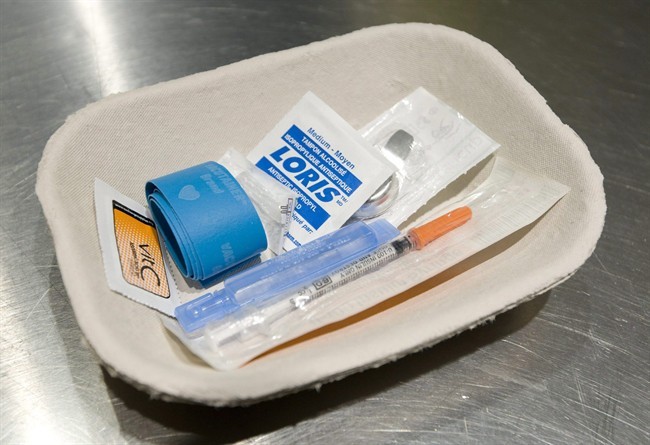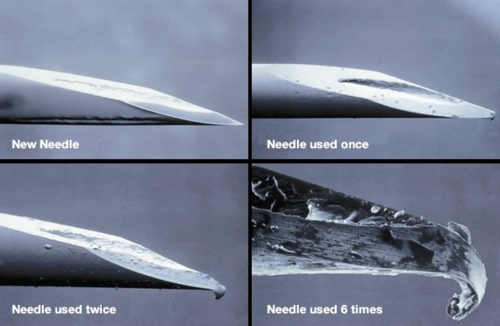Many healthcare organizations and workers adhere to a model of prevention called harm reduction. Harm reduction aims to help people engaging in risky behaviors reduce the risk they expose themselves and others to. Chances are you engage in harm reduction every day when you take safety measures to protect yourself and others. Wearing a seat belt, practicing safer sex, and drinking enough water when exercising are all examples of harm reduction strategies. One of the most debated and researched harm reduction programs is the needle exchange. Needle exchange programs provide clean needles to drug users and dispose of used needles safely to prevent the spread of HIV. Studies have overwhelmingly shown that needle exchange programs are effective in reducing the spread of HIV and improving public health among marginalized communities such as sex workers and the homeless. Unfortunately, this evidence is not enough for the federal government to fund these programs. The myth that needle exchange programs encourage people to use drugs is pervasive and misleads people into believing that needle exchanges are dangerous.
One important study on needle exchange programs was done right next door, in Willimantic. Willimantic had a successful needle exchange program throughout the 90s. However, certain people within the community were displeased with the presence of such a program, claiming that the exchange was the cause of the “needle problem” in Willimantic and needed to be closed. The study, called “The Impact of a Needle Exchange’s Closure,” proved (after the program closed, unfortunately) that the opposite was true: During the time that the exchange was open, the amount of drug-related debris found in public areas decreased dramatically. Furthermore, as soon as the program was discontinued, the amount of debris immediately went back to pre-exchange levels. After closure, drug users in the area reported obtaining needles from unsafe or unreliable sources far more often than when the exchange was open. In 2009, local harm reduction volunteers opened a new needle exchange, the Windham Harm Reduction Coalition. As a result, we are likely to see decreasing rates of unsafe needle practices.
How is this related to social justice? HIV is a huge problem in marginalized communities, such as drug users and sex workers. It also disproportionately affects the poor, who often have little access to adequate healthcare and prevention education. Needle exchange programs not only provide the tools that help these people protect themselves and others, but also serve as a means of educating the public about health disparities that often go unnoticed by more privileged people. In addition, needle exchanges meet drug users where they’re at. It is not possible for all people to quit drug use at a given time, so it is important to remove as much risk as possible from their behaviors until they are ready to take steps toward addiction recovery.



